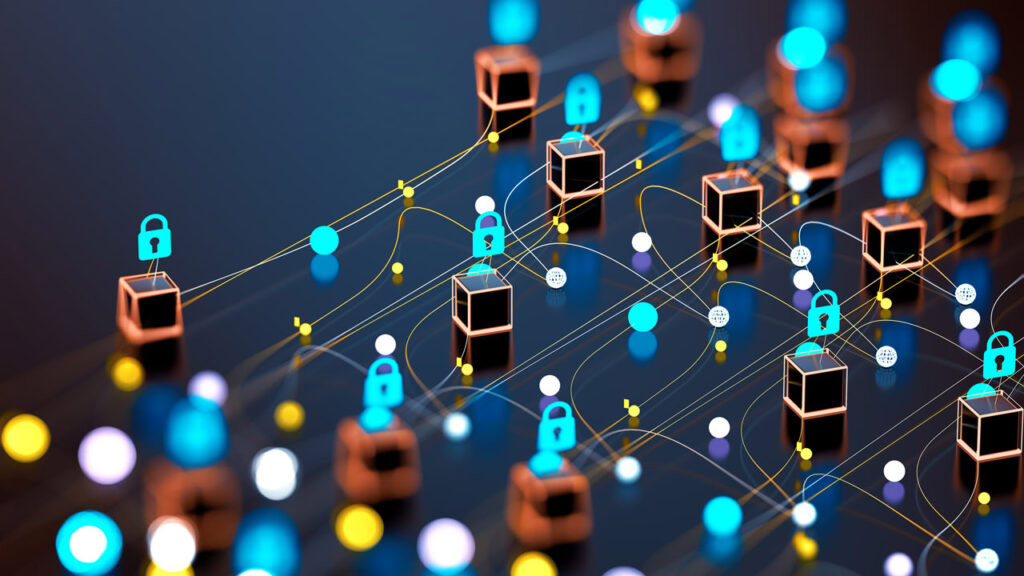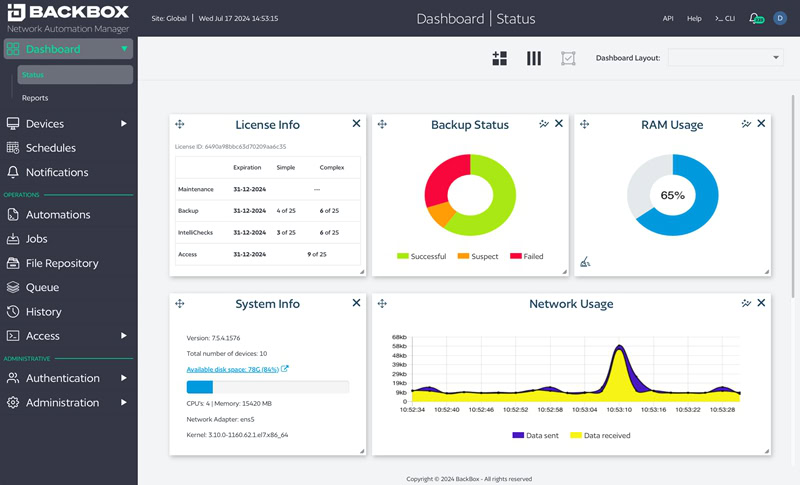What is Network Vulnerability Intelligence?
Network vulnerability management is the discipline of tracking, identifying, understanding, and remediating network device (routers, switches, load balancers) and security device (firewalls, IPSs) vulnerabilities. Networks provide the backbone for today’s digital businesses and present a rich target for malicious actors who wish to exploit network and security device vulnerabilities to achieve their goals. Key components […]








